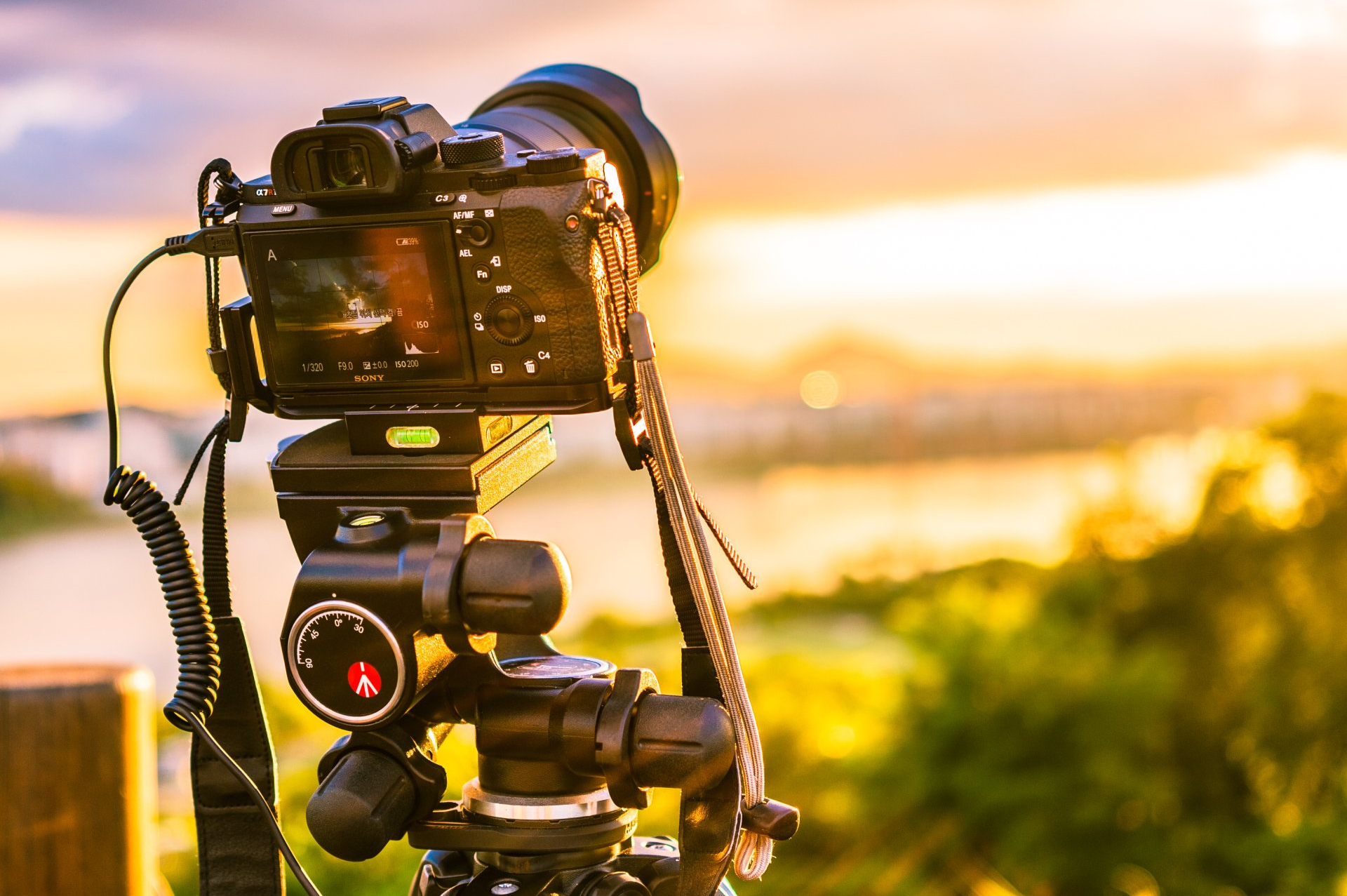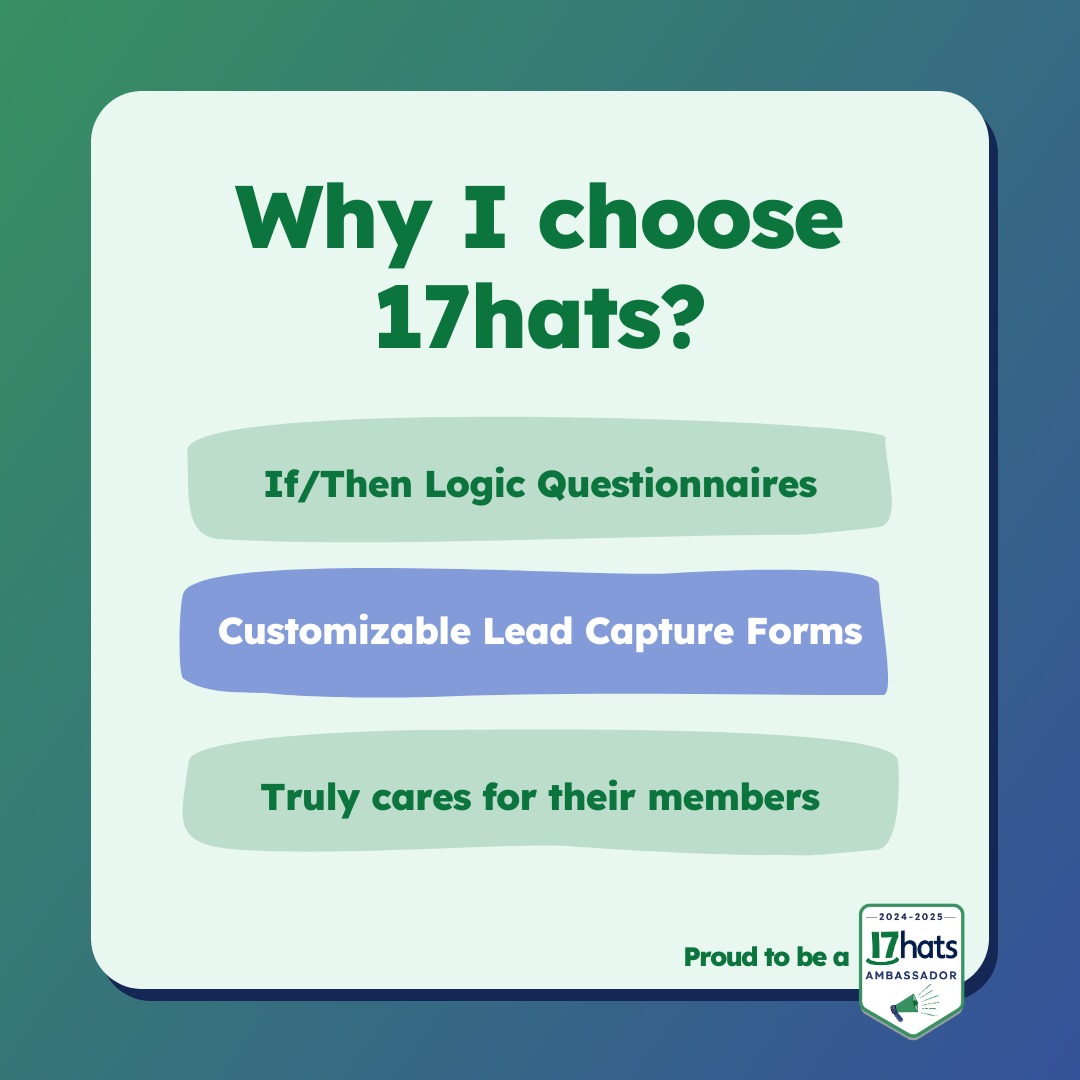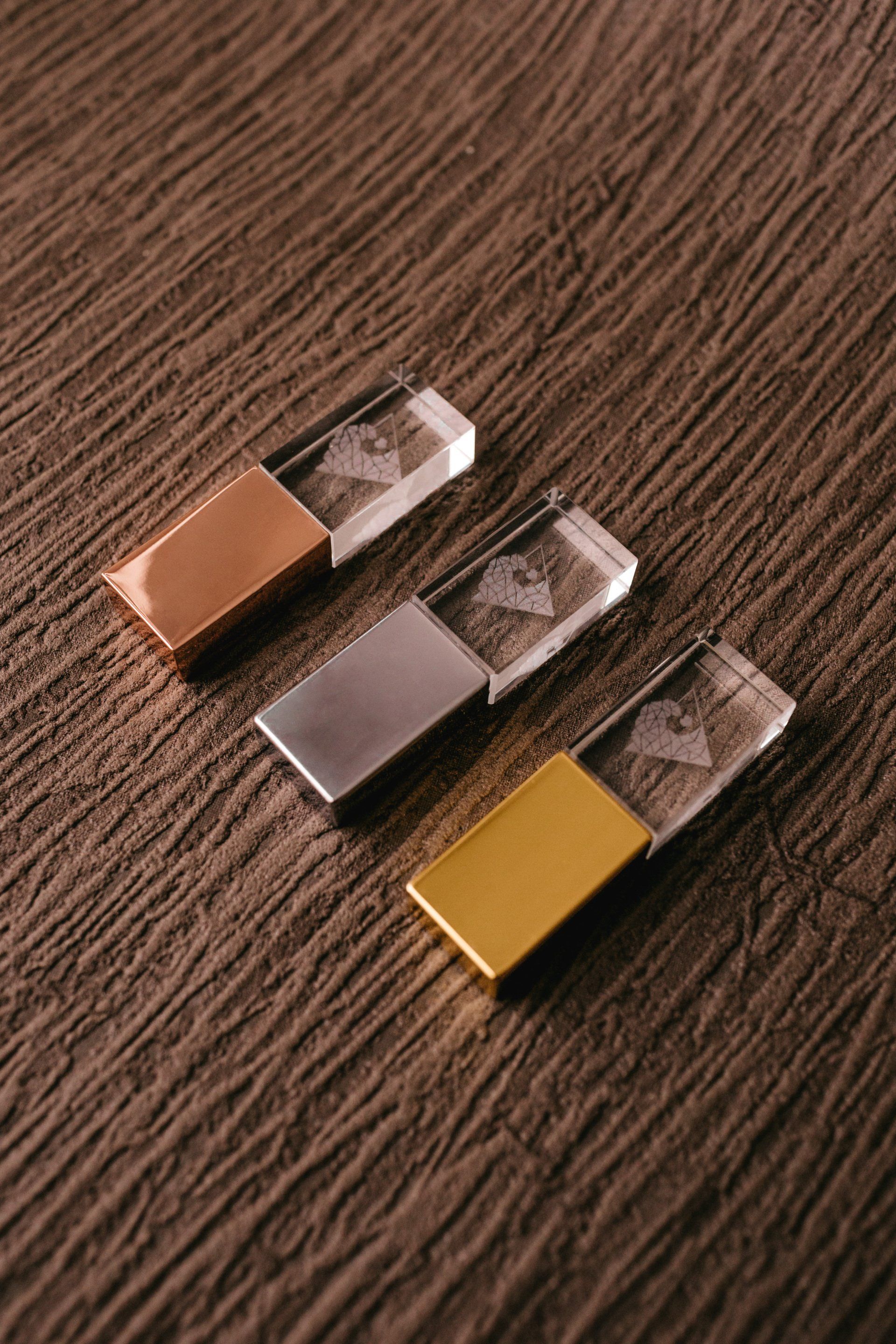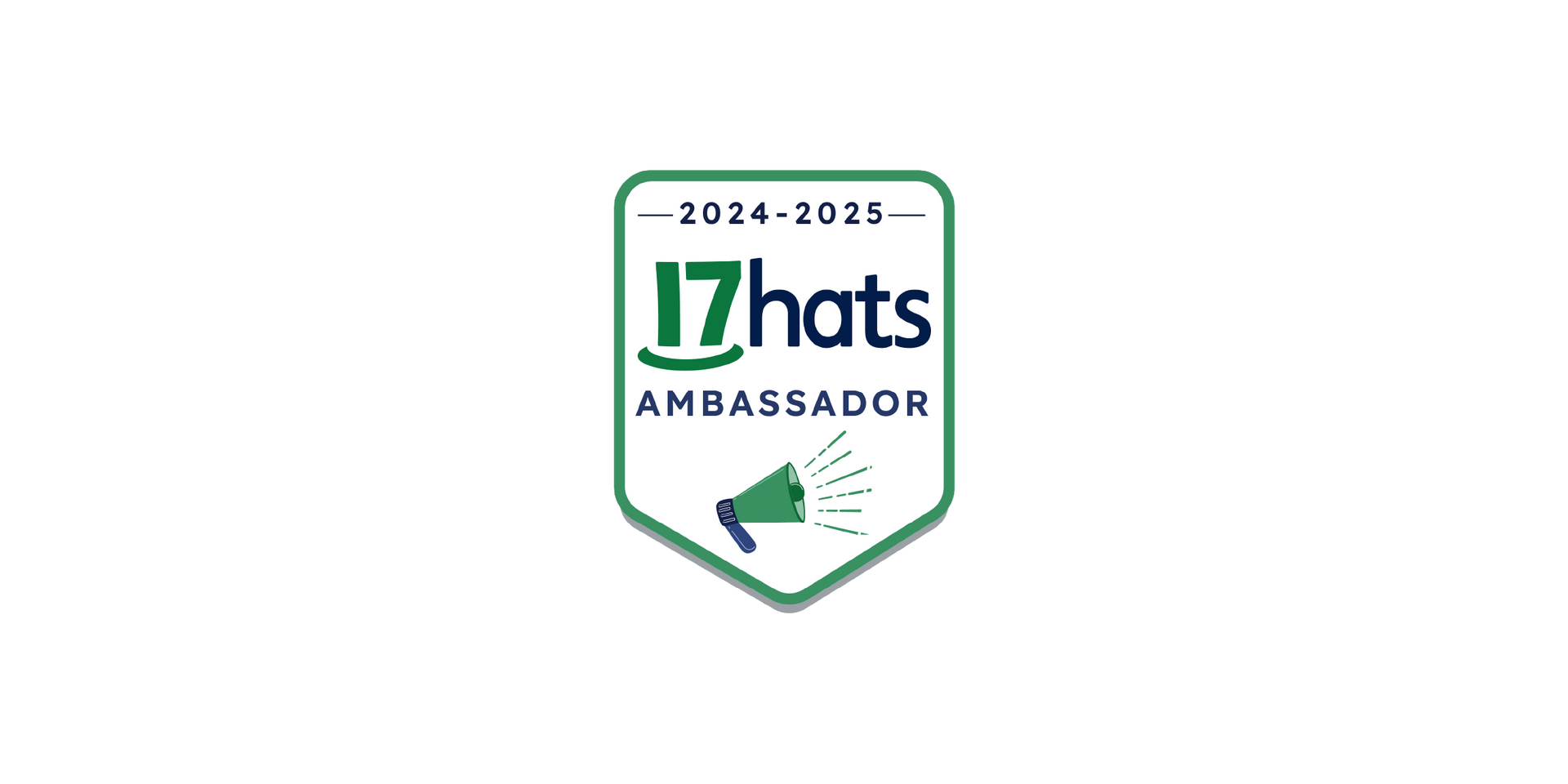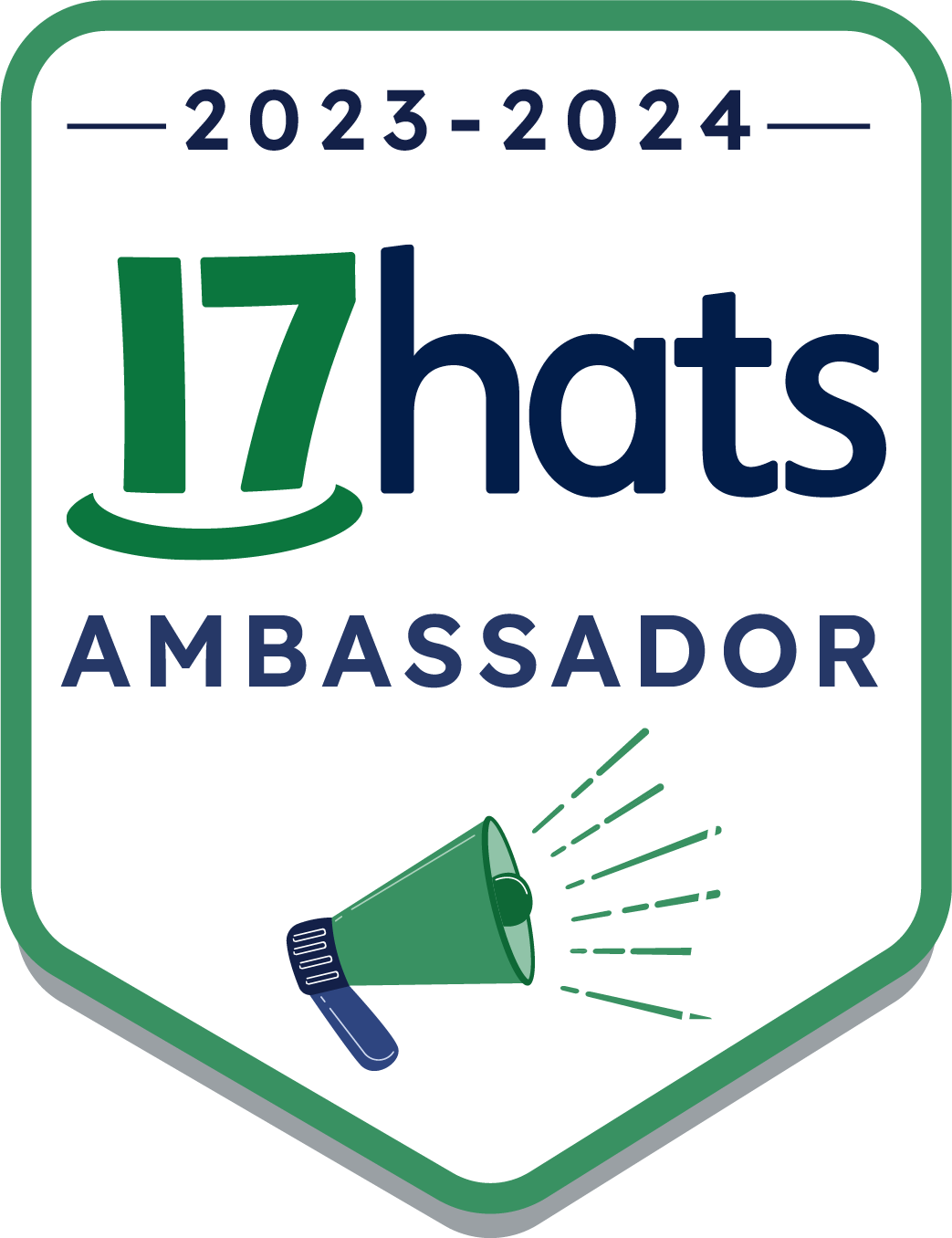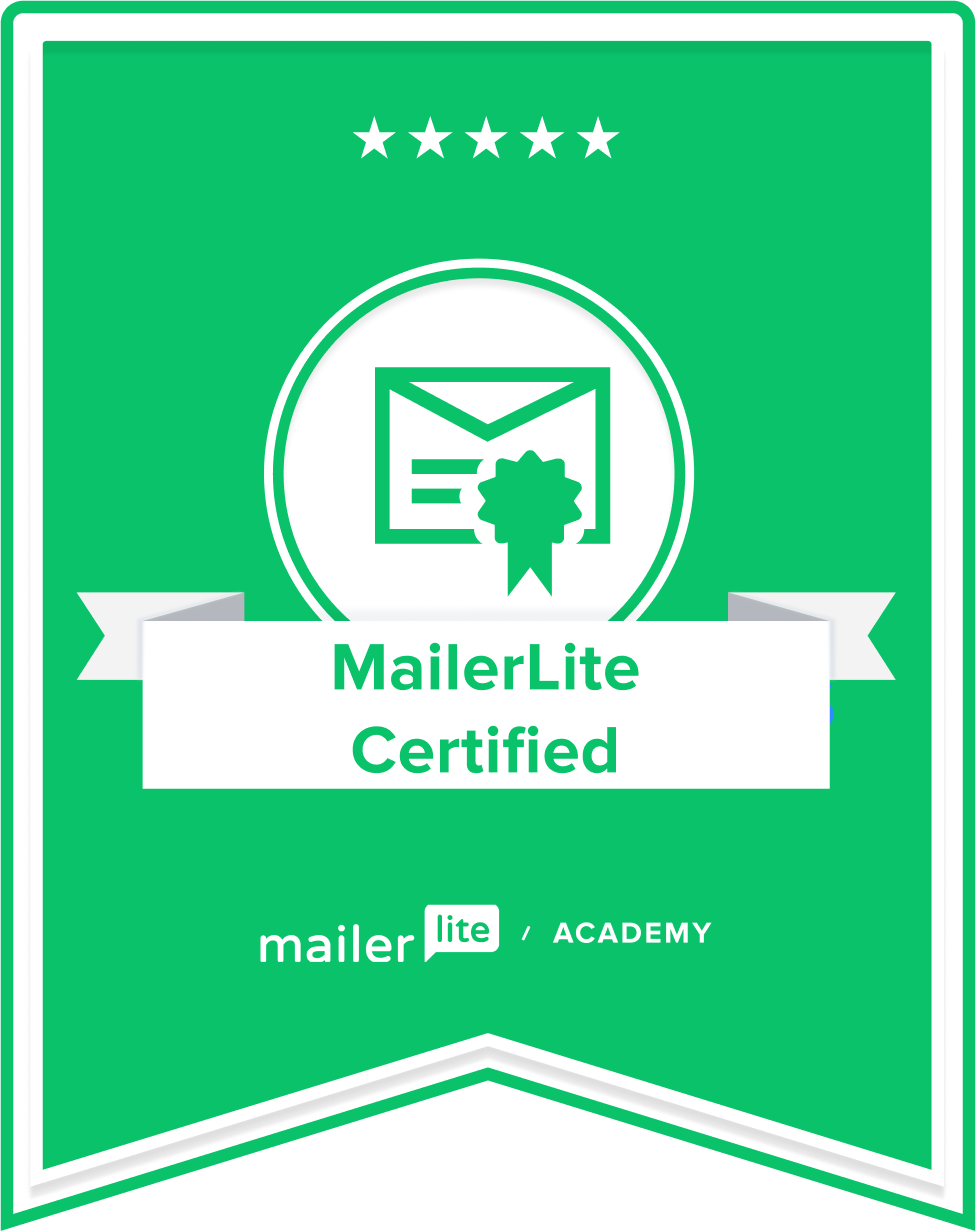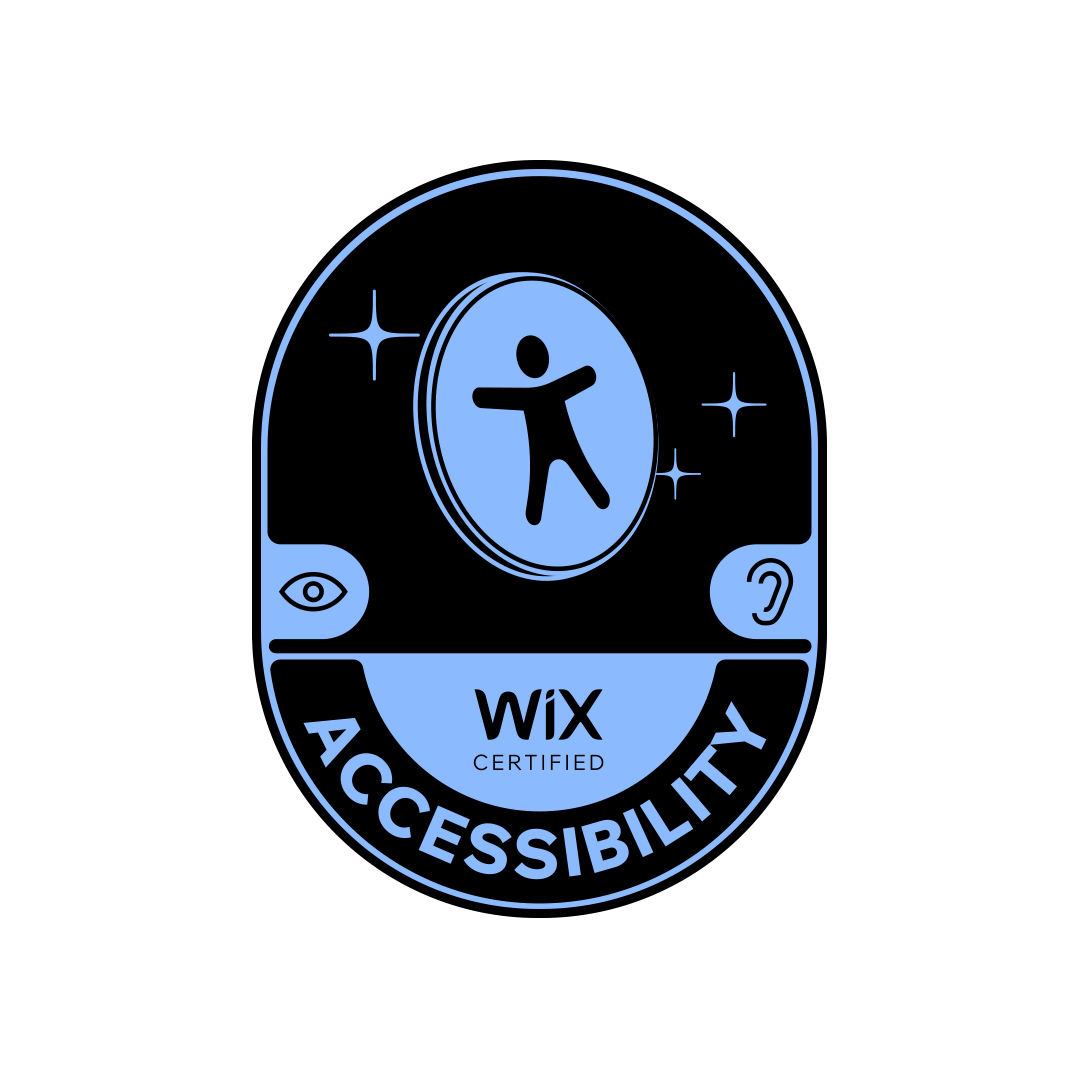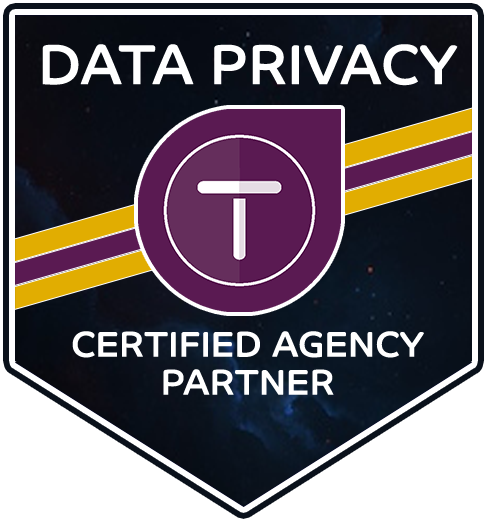Web Design 2024: Navigating the Future of Digital Design and Functionality
R Leigh 3D LLC
Design trends enhance visual appeal, but the primary focus is consistently on user experience.

Making changes and moves in 2024 has got me thinking about digital design in a space that is ever changing. I thought I would ask Chat GPT and other ai programs about top web design trends of the new year. It came up with a lot of basic information about features and design aesthetics that have been present for several years. So when ai writes things like "the world of web design is undergoing a transformative journey, marked by innovative trends that redefine the digital landscape". Its absolutely true, however, I still think the big areas that will continue to grow, shift and change come back to 2 basic principles: User Experience and Function.
So while I'd like to share the 8 design trends that ai has come up with for web design in 2024: I'm going to begin with why "emerging trends and innovations" are always rooted in focusing functionality, and user experience.
All of these innovative features and trends mentioned below have been in the design space for a while, but with ever changing technology, powerful no code platforms, they have become easier to implement in record time. These features are how you build a high converting website: Making websites functional and accessible for the user's experience answers 2 key questions: What is this website doing for the visitor and Why is the website doing it?
So here's my tips to get you started:
The Experience - Design with web accessibility and user privacy at the forefront:
Make it easy for users to navigate the website and complete whatever call to actions you want. The user should feel like its easy to get work with your website and obtain the solution that they need. Keeping the user experience seamless, easy, accessible and quick are important ways to maximize engagement and conversion.
The Function - Make sure your website works as its supposed to:
No broken links or buttons that lead nowhere
Always use URL redirects when needed
Have a good 404 page
Connect forms so the notifications get sent to the right point of contact for following up
Clearly worded call to actions
Apply current web accessibility guidelines and features
Check out more advice to consider when building your website, here.
Take a peek at what ai recommends for how to design websites with the tips mentioned above:
- Immersive 3D Design: Web design is moving beyond the constraints of two dimensions, with the integration of immersive 3D elements. The use of three-dimensional graphics and animations creates a more engaging and interactive user experience. From product displays to entire website environments, 3D design is adding depth and realism to the digital realm, enhancing user engagement and brand identity.
- Augmented Reality (AR) Integration: AR is no longer confined to mobile apps; it's making its way into web design. Brands are leveraging AR to provide users with interactive and personalized experiences directly through their browsers. From virtual try-ons for e-commerce products to AR-enhanced storytelling, this technology is redefining how users interact with websites.
- Dark Mode Dominance: Dark mode has evolved from being a trend to becoming a standard feature in web design. With its numerous benefits, including reduced eye strain and improved battery life for OLED screens, dark mode is not only aesthetically pleasing but also functional. Websites are incorporating dark mode as a default option, allowing users to choose their preferred viewing experience.
- AI-Driven Personalization: Artificial Intelligence continues to play a significant role in web design, particularly in delivering personalized user experiences. AI algorithms analyze user behavior and preferences to tailor content, layouts, and recommendations. This level of personalization enhances user satisfaction and increases the likelihood of conversion.
- Voice User Interface (VUI) Integration: With the rise of smart speakers and voice-activated devices, web designers are adapting to the growing popularity of voice user interfaces. Websites are incorporating VUI to make navigation and interaction more accessible for users who prefer voice commands. This trend is crucial for ensuring inclusivity and accommodating users with diverse needs.
- Minimalist and Sustainable Design: Sustainability is a key theme in 2024, extending to web design. Designers are embracing minimalist aesthetics to create clean and efficient websites that prioritize functionality and reduce environmental impact. Sustainable web design involves optimizing performance, reducing carbon footprints, and making conscious choices in color schemes and graphics.
- Neomorphic Design Elements:
Neomorphic design, a trend that emerged in recent years, continues to gain traction. This design style combines skeuomorphism and minimalism, creating interfaces with soft shadows, subtle gradients, and a sense of depth. Neomorphic design elements enhance the visual appeal while maintaining a user-friendly interface.
